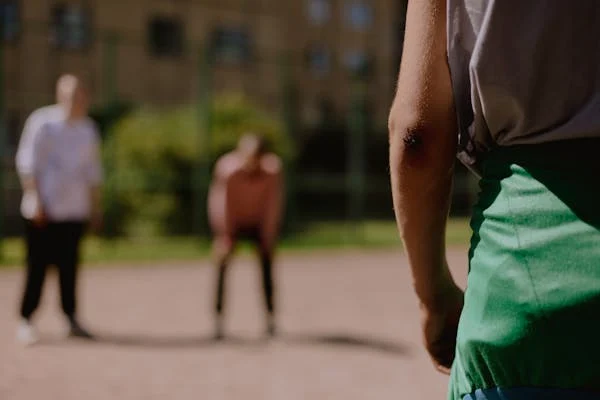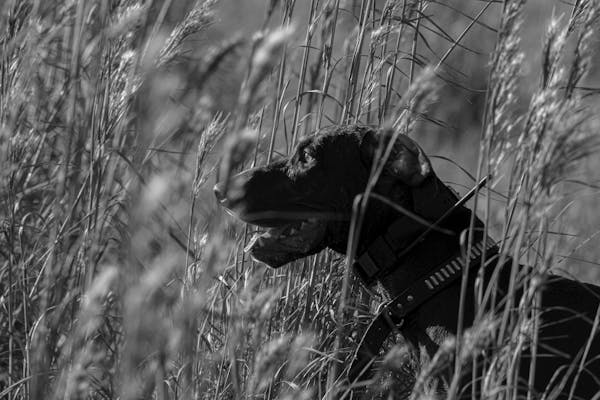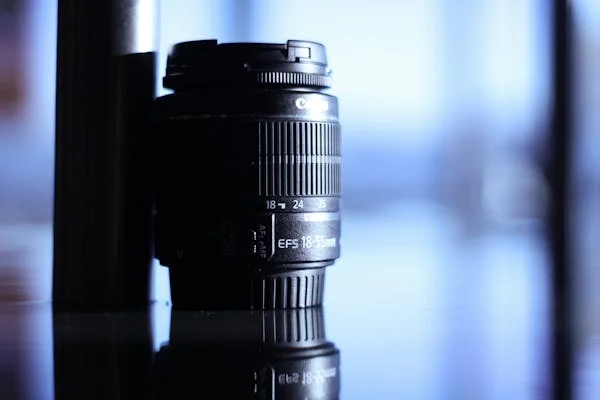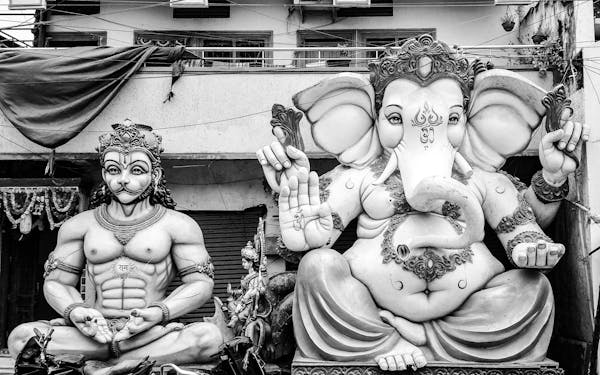Photography is a blend of art and science, and one of the most essential concepts to master is depth of field (DOF). Whether you’re a professional photographer or a hobbyist, understanding how to use depth of field effectively can transform your images. photeeq depth of field
, a trusted resource for photography enthusiasts, offers an in-depth guide to mastering this technique. This article dives into the essentials of depth of field and how Photeeq simplifies the concept for photographers.
What is Depth of Field?
Depth of field refers to the zone of sharp focus in an image, extending both in front of and behind the subject. Think of it as the magical range where your subject pops while other elements fall into soft focus or maintain equal sharpness. This phenomenon is influenced by three main factors:
- Aperture: The lens opening controls the amount of light entering the camera. A wider aperture (small f-number like f/1.8) results in a shallow depth of field, blurring the background beautifully. A narrower aperture (large f-number like f/16) creates a more extensive depth of field.
- Focal Length: Longer focal lengths, such as 200mm, produce a shallow depth of field, while shorter lengths, like 35mm, give a deeper focus range.
- Distance to Subject: The closer your camera is to the subject, the shallower the depth of field. Conversely, increasing the distance deepens the focus range.
Photeeq’s detailed breakdown of these factors helps photographers make informed decisions to achieve their creative vision.

How to Control Depth of Field
- Adjust the Aperture
Start with your lens’s aperture settings. Open the aperture wide for portraits to create a dreamy, blurred background (bokeh). For landscapes, use a smaller aperture to keep all elements in sharp focus.
- Change the Focal Length
Using a zoom lens? Experiment with focal lengths to see how the depth of field shifts. A 50mm lens can capture balanced sharpness, while a 200mm isolates subjects against a soft backdrop.
- Play with Distance
Move closer to the subject for an artistic, shallow depth of field, ideal for capturing intricate details like a flower or a ring. For group shots or architectural scenes, step back to ensure every element is in focus.
Photeeq’s tutorials include practical exercises to help users perfect these techniques, making the learning process engaging and rewarding.

Why is Depth of Field Important?
Depth of field is more than a technical term—it’s a storytelling tool. Here’s why it matters:
- Emphasis on Subject: A shallow depth of field draws attention to your subject, eliminating distractions.
- Creating Depth: A layered image with varying focus points adds a sense of three-dimensionality.
- Artistic Appeal: Blurring out the background can give your photos a professional and polished look.
Photeeq emphasizes the importance of using depth of field creatively, offering tips to enhance both composition and impact.
Tips for Achieving the Desired Depth of Field
Photeeq suggests the following for photographers aiming to master depth of field:
- Use manual mode to control aperture, shutter speed, and ISO settings effectively.
- Invest in prime lenses for greater aperture control and superior image quality.
- Practice shooting in different lighting conditions to understand how it affects depth of field.
- Experiment with depth of field calculators available on Photeeq’s platform for precise focus measurements.

Eco-Friendly Approach to Photography
While exploring the intricacies of photography, it’s essential to remain mindful of sustainability. Photeeq advocates for eco-friendly practices, such as reducing waste by opting for digital photography and recycling old equipment responsibly. They also encourage minimal travel for shoots, promoting local landscapes as stunning photography subjects.
Also Read:Understanding the State Farm Logo: A Symbol of Trust and Reliability
Conclusion
Mastering depth of field is key to elevating your photography, and Photeeq serves as a reliable guide in this journey. By breaking down the concepts of aperture, focal length, and subject distance, they empower photographers to create striking visuals. Whether you’re shooting portraits, landscapes, or macro photography, understanding and controlling depth of field will enhance your storytelling abilities.
Dive into Photeeq’s comprehensive resources to unlock the full potential of your camera. Photography isn’t just about capturing moments—it’s about crafting them with precision and creativity.







